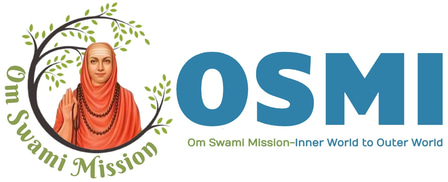Daily Breathing Practice Techniques
You might wonder why these seemingly minor details matter. But in reality, they are anything but insignificant. A strong foundation is vital for building something great. Learning and applying these basic concepts can be tough, but once we dedicate ourselves to mastering them, we can move forward with much more confidence and ease. It’s essential that we don’t progress without first solidifying these initial steps.


You might be wondering why we should focus on what seems like minor details. However, these details are crucial. They lay the groundwork for something significant. Understanding and implementing these fundamentals can take some effort, but once we get the hang of them, moving forward becomes much easier and more confident. It’s important not to rush ahead without first solidifying these foundational steps. Now, let’s dive into some key postures. Remember that advanced postures should only be practiced with the guidance of a qualified instructor. Whether you’re sitting on the floor or in a chair, keeping your spine straight is vital. Gently tilt your neck back so that the back of your head aligns with your spine. Direct your gaze towards the tip of your nose. There are two ways to interpret this: one interpretation refers to the tip of the nose above the mouth, while another points to the space between your eyes, just below the third eye chakra. For our purposes, we’re focusing on the tip of the nose above the mouth. Slightly raise your shoulders and pull them back. It’s important that your shoulders remain elevated; allowing them to droop can lead to stiffness in the shoulder joints. Be mindful to avoid placing pressure on your eyes; don’t raise your eyeballs, as this can negatively affect your retinal nerves. Position your hands comfortably one above the other near your navel with your palms resting on your lap. Ensure your arms are relaxed, and if you feel any discomfort, adjust your arms to a more comfortable position. The focus should be on keeping your upper arms away from your torso; allowing them to touch can cause tightness in your shoulders. There’s no need for your palms to touch; just ensure there’s space between your upper arms and your trunk. This represents the fundamental posture necessary for effective meditation. Stay present and keep your focus on the tip of your nose, making sure not to exert any pressure on your eyes.
Breathing should be a natural process, ideally through your nose. Ensure your nasal passages are clear for optimal airflow. Keep a glass of water handy, as you might find your mouth getting dry. Take a deep breath, allowing your abdomen to expand. This expansion doesn’t mean air is filling your stomach; instead, it's your lungs taking in more air. When you breathe out, do it slowly while gently drawing your abdomen in. This motion helps your lungs contract properly, ensuring all air is released. Focus on the rhythm of pushing and pulling your abdomen deliberately. With regular practice, your body will start to automatically push out the abdomen when you inhale and pull it in as you exhale. Try to do this exercise on an empty stomach, as a full stomach can create discomfort and may lead to nausea. Incorporate this into your daily routine. Stay tuned for future posts where we’ll dive into simple yoga poses and concentration techniques
